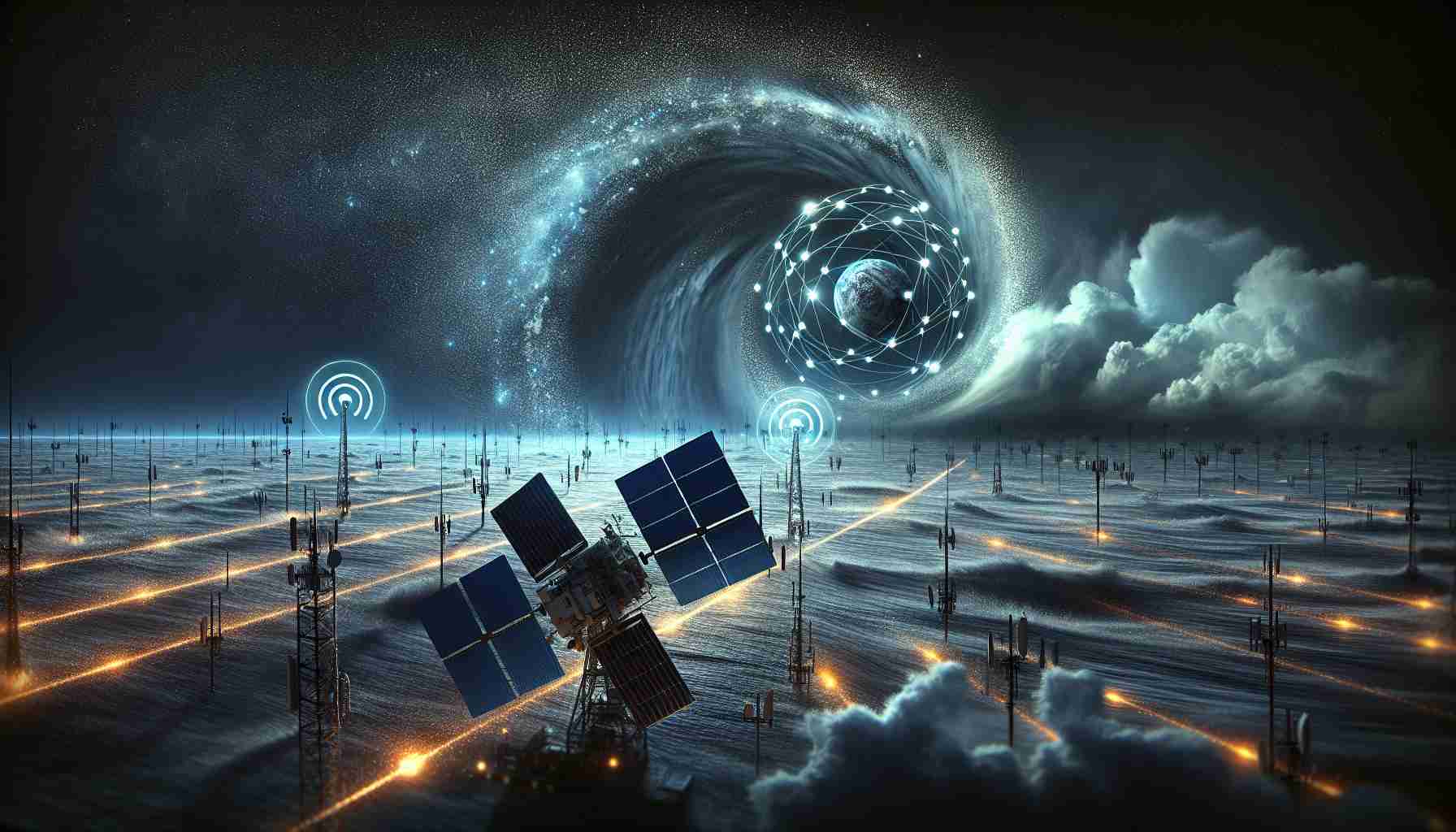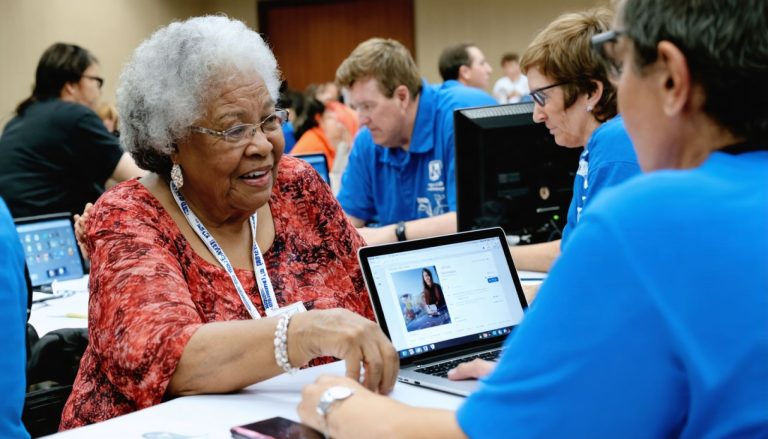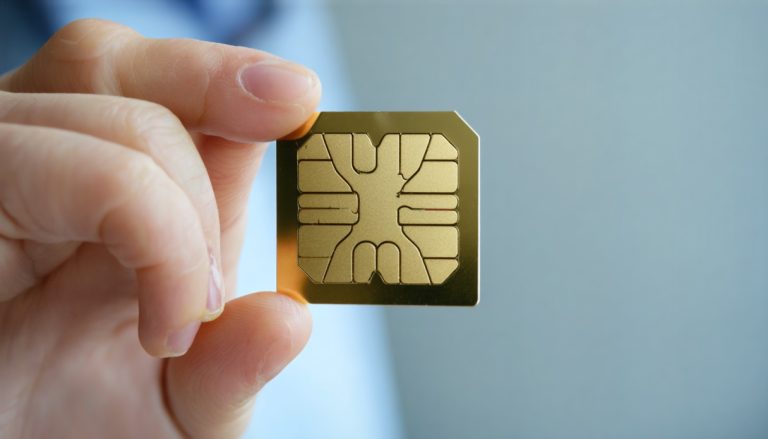
In a strategic collaboration, SpaceX’s Starlink and T-Mobile US have launched Direct-to-Cell coverage to facilitate emergency communications for individuals in areas impacted by Hurricane Helene and those potentially affected by Hurricane Milton. The satellite technology enables users in these regions to send urgent messages to loved ones, reach emergency services, and receive vital alerts from authorities.
When smartphones connect to a Starlink satellite, users may notice the signal labeled “T-Mobile SpaceX,” showing one or two bars of reception. However, the service operates on a trial basis, meaning that not every message may be transmitted successfully on the first attempt. Users might need to resend their texts for them to go through. The service is designed to function optimally outdoors, with some indoor capability near windows.
The Federal Communication Commission (FCC) has granted the necessary approval for both Florida and other areas affected by Hurricane Helene, as Hurricane Milton nears the Florida coast. Expected to make landfall as a strong Category 3 hurricane, Milton poses significant threats to west-central Florida, with warnings of severe winds and heavy rain.
Alongside deploying over 10,000 Starlink kits to restore communication services disrupted by Hurricane Helene, SpaceX aims to ensure that emergency alerts are efficiently communicated to those at risk, highlighting the essential nature of this innovative collaboration.
Starlink and T-Mobile Unite for Enhanced Emergency Communication Amid Hurricanes
In a groundbreaking initiative, SpaceX’s Starlink and T-Mobile US have joined forces to launch a service called Direct-to-Cell, aimed at enhancing emergency communications in regions prone to natural disasters, particularly during hurricane events. This collaboration has gained additional significance as the Atlantic hurricane season approaches its peak, bringing heightened concern for residents along vulnerable coastlines.
What Makes This Collaboration Significant?
This partnership is not only timely due to the ongoing threats from hurricanes like Helene and Milton, but it also represents a significant shift in how communications are managed during crises. The Direct-to-Cell service utilizes advances in satellite technology to allow users to send text messages and access critical emergency alerts without relying on traditional cellular networks, which can be heavily impacted during storms.
Key Questions and Answers
1. What is Direct-to-Cell coverage?
Direct-to-Cell coverage allows T-Mobile users to connect directly to Starlink satellites, enabling them to send and receive text messages during emergencies when traditional networks are down.
2. How reliable is the service?
While the service aims to provide critical communication capabilities, it is still in a trial phase. Users may experience delays or connectivity issues, necessitating multiple attempts to send messages.
3. How can users access the service?
Users need a smartphone that is compatible with the service. When in range, their device will display “T-Mobile SpaceX” allowing them to connect.
Key Challenges and Controversies
Despite its potential benefits, the collaboration is not without challenges. One of the primary concerns is the reliability and quality of service during peak disaster times when demand is high and satellite coverage may be limited due to atmospheric conditions. Another challenge is ensuring broad accessibility beyond urban centers, as rural areas may still struggle with connection quality.
Additionally, there are controversies around data security and privacy. With the nature of emergency communications involving sensitive information, concerns have been raised regarding the protection of user data in unforeseen circumstances.
Advantages and Disadvantages
Advantages:
– Enhanced Communication: Residents in disaster-prone areas can maintain communication with emergency services and loved ones, enhancing safety during crisis times.
– Increased Resilience: The initiative creates a backup communication system that operates independently of conventional cellular infrastructure, crucial during disasters.
– Wider Reach: The technology can potentially reach underserved areas that lack reliable cellular coverage.
Disadvantages:
– Service Reliability: As the service is still in its trial phase, inconsistencies in connectivity may hinder effective communication when most needed.
– Limited User Experience: Users may need outdoor access for optimal service, impacting those indoors or in areas with high-density housing.
– Potential Cost: Depending on implementation, there might be additional costs for users or impacts to pricing for T-Mobile services associated with satellite connectivity.
In conclusion, the collaboration between Starlink and T-Mobile marks a pivotal development in emergency communications technology, especially critical during the tumultuous hurricane season. As this service evolves, it holds the promise of revolutionizing how communities prepare for and respond to natural disasters.



